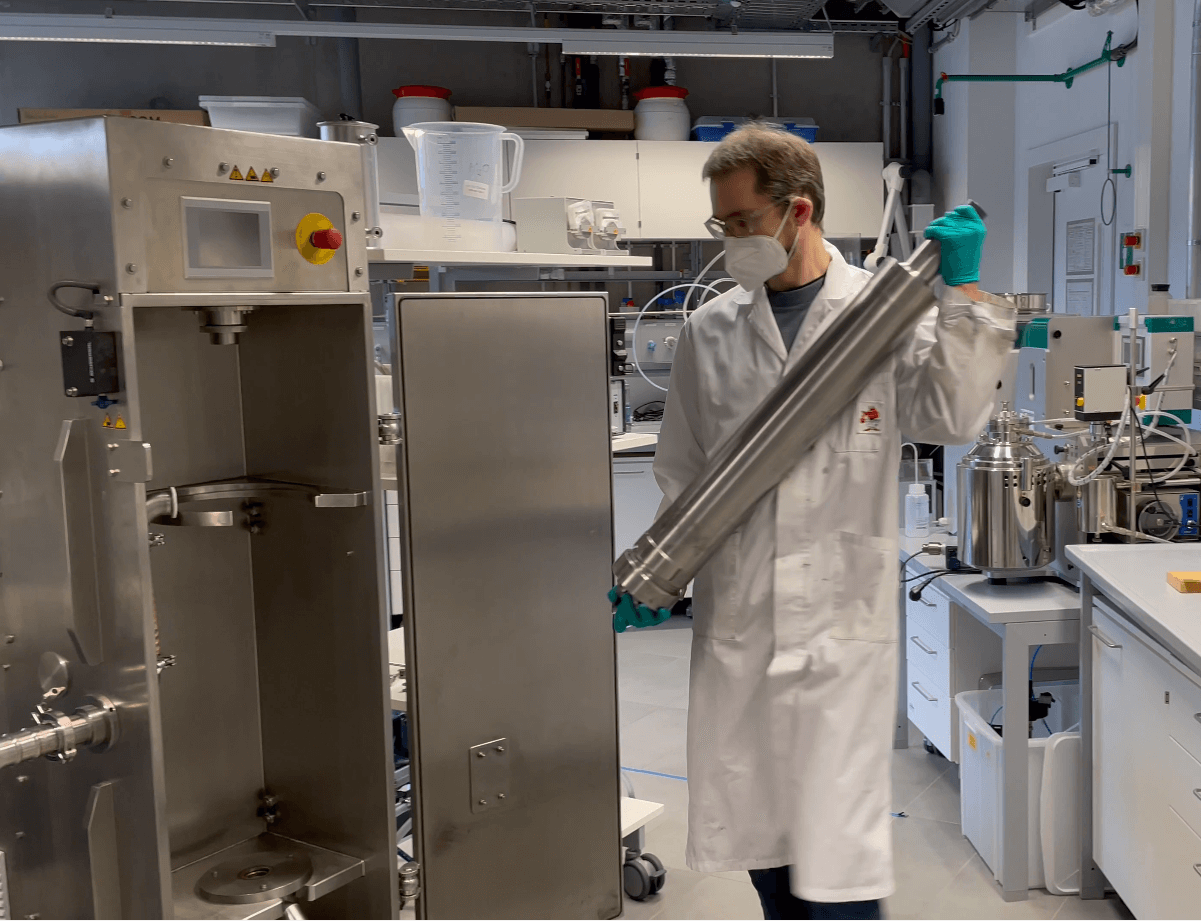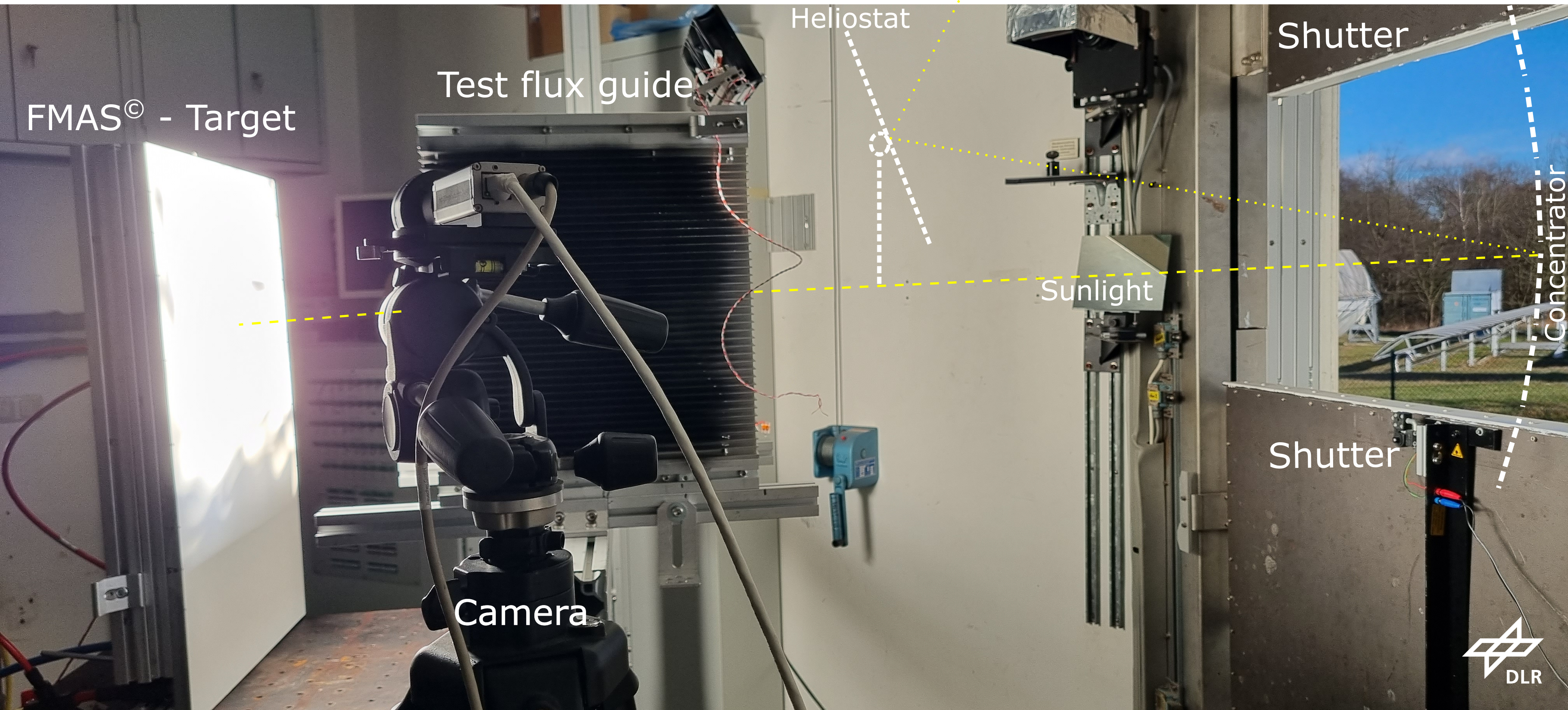Using Fiber Bragg Grating Sensors to Quantify TemperatureNon-Uniformities in Plasmonic Catalyst Beds under Illumination
Distinguishing between photothermal and non–thermal contributions is essential in plasmon catalysis. Use of a tailored optical temperature sensor based on fiber Bragg gratings enabled us to obtain an accurate temperature map of an illuminated plasmonic catalyst bed with high spatiotemporal resolution.Its importance for quantification of the photothermal and non–thermal contributions to plasmon catalysis is demonstrated using a Ru/Al2O3catalyst. Upon illumination with LEDs, we measured temperature differences exceeding 50 °C in the top 0.5 mm of the catalyst bed. Furthermore, we discovered differences between the surface temperature and the temperature obtained via conventional thermocouple measurements underneath the catalyst bed exceeding 200 °Cat 2.6 W cm−2light intensity. This demonstrates that accurate multi–point temperature measurements are a prerequisite for a correct interpretation of catalysis results of light–powered chemical reactions obtained with plasmonic catalysts. Discover more about our last article published in European Chemical Societies Publishing.





